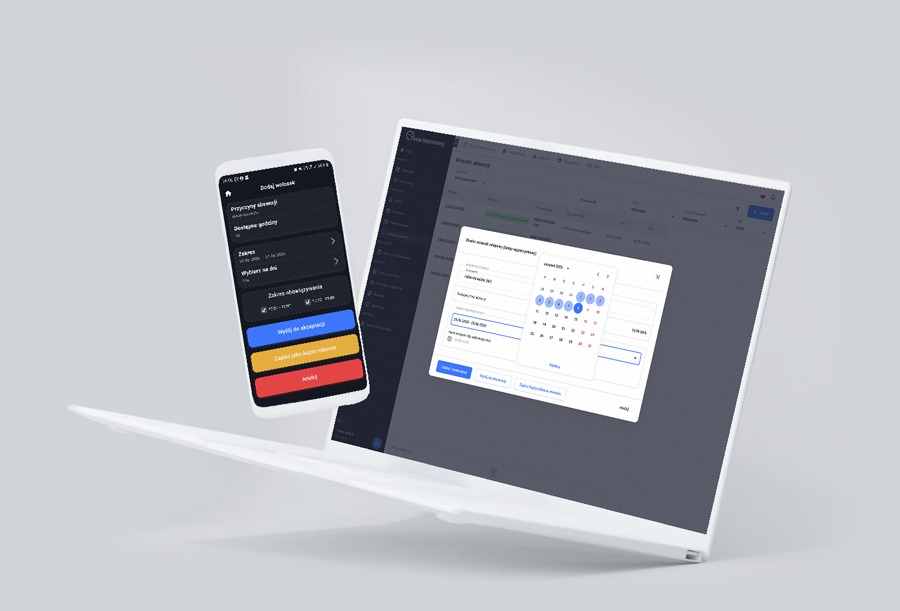Time Harmony has recently been enhanced with a new feature – support for the task-based working time system. This functionality is designed for companies where performance and results matter more than fixed working hours. Employees complete their tasks in a way that remains compliant with the statutory working time limits, while the daily or weekly schedule can remain flexible. This approach simplifies timekeeping and allows organisations to adapt working time management to the real nature of their teams’ work.
What is a task-based working time system according to the Labour Code?
The task-based working time system is defined in Article 140 of the Polish Labour Code. It can be used when the type or organisation of work justifies moving away from a fixed hourly schedule. In such cases, the employer, when assigning tasks, must ensure that the workload can be completed within the standard working time norms.
This means that:
- the employee independently plans their working day,
- what matters is the outcome, not the exact number of hours worked,
- the employer must still keep records of working days and absences,
- any overtime must be accounted for if the workload exceeds normal working time.
This system is commonly used in industries where flexibility and autonomy are crucial – for example, IT, consulting, marketing or back-office operations.
How Time Harmony supports the task-based working time system
The new Time Harmony functionality has been designed to fully comply with legal requirements while simplifying day-to-day record-keeping.
Once the “task-based” time system type is selected in an employee’s contract settings:
- the system automatically adjusts the method of time recording,
- the employee does not need to register the start or end of their workday – the day is automatically marked as worked according to the schedule,
- absences (such as leave, sick days or other time off) must still be entered,
- overtime can be added manually by the manager and is displayed in the working time summary.
Time Harmony ensures full compliance with regulations on absence and overtime tracking. Employers gain transparent reports, while HR departments can easily generate documentation compliant with labour inspection requirements.
When is it worth using a task-based working time system?
A task-based working time system works best in organisations where performance is measured by results rather than by the number of hours spent at the workplace. Examples include:
- service companies – consultants, designers, advisers,
- IT sector – developers, analysts, testers,
- marketing and sales departments, where success is defined by results,
- remote and hybrid teams, where task completion is a more natural performance indicator than strict hourly tracking.
Implementing this model in Time Harmony allows companies to combine flexibility with transparent reporting and legal compliance.
Benefits for employers and employees
Implementing a task-based working time system offers clear advantages for both sides:
For employers:
- simplified time records and reduced administrative effort,
- improved efficiency and accountability among employees,
- the ability to combine different time systems within one platform.
For employees:
- flexible task planning,
- greater autonomy and trust from the employer,
- no need to log every change or break.
Time Harmony – continuous development without extra cost
At Time Harmony, we continuously improve our system to meet client needs and evolving labour regulations. Support for the task-based working time system is another enhancement that helps companies adapt to diverse business models and industry realities.
Importantly, all Time Harmony clients receive new features at no additional cost – updates are included in their standard subscription. This ensures that users always have access to the latest, fully compliant version of the system.

Easily manage your company's working time

